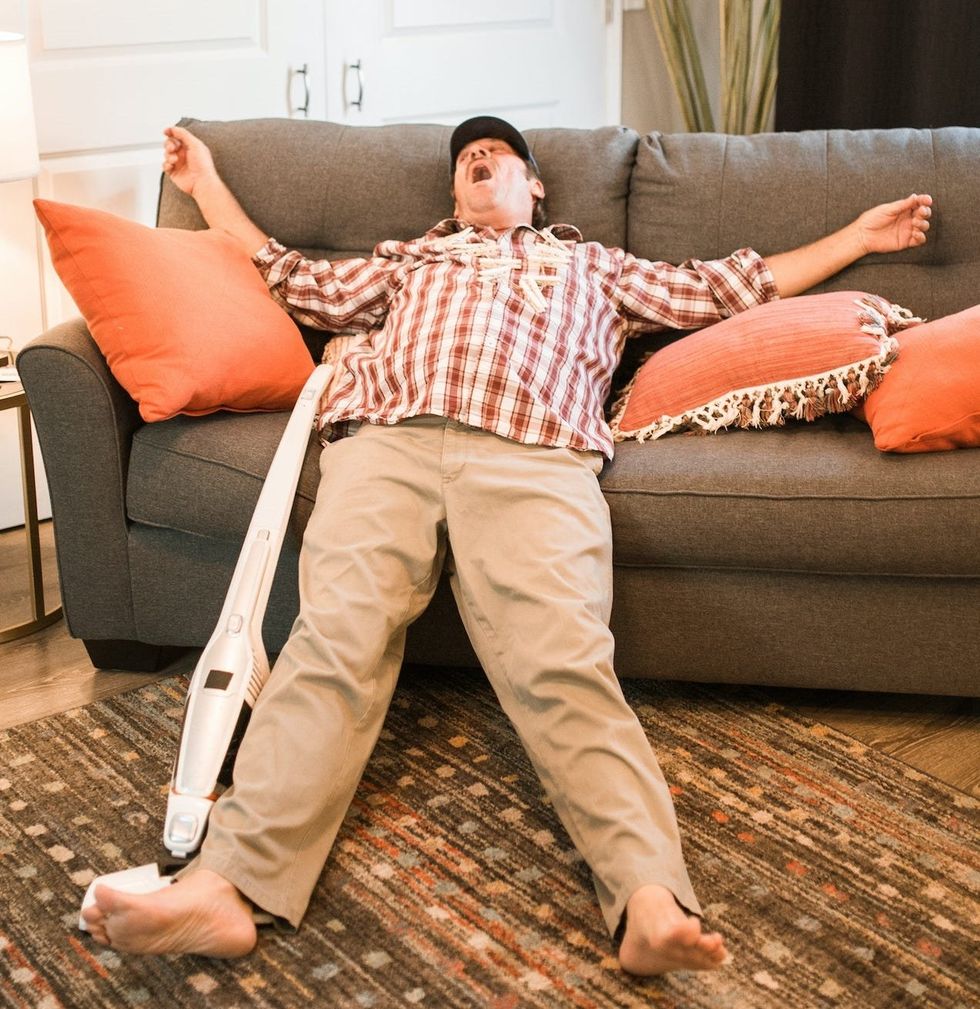In order to make a reliable electronic device using flex based circuits, there are several considerations related to fabrication and design that must be studied.
Before you start routing circuits in your flexible PCB, follow our flex PCB design tips for maximum durability and yield. These tips will improve your flexible PCB design, including help with component placement and route traces in flex boards.
Measuring the Flexibility of the PCB
It is important to know how many times the PCB will flex and how much it will flex. The frequency of bending will determine if the board will be static or dynamic. Static boards will bend less than 100 times in their entire lifetime.
However, dynamic boards are designed to flex as many times as is needed. This requires a robust design that can withstand frequent bending in harsh conditions. It is common practice to identify the bend radius (or the minimum amount of bendability of the flex area) at the early stages of design.
This will allow the designer to allow the necessary amount of bending without damaging the copper.
The table below studies the relationship between the number of layers in flex circuits and the bend radius.
Bend Radius in Mils | Number of Layers |
|---|---|
Flex Thickness times 6 | Single-Sided |
Flex thickness times 12 | Double-sided |
Flex thickness times 24 | Multi-layer |
Use of Stiffeners in Flex Circuits
It is common to use stiffeners to create rigid parts in flexible circuits. Stiffeners are often used in flex circuits that require ZIF connectors. The two most popular methods for placing stiffeners on flex circuits are pressure-sensitive adhesives (PSA) and heat bonding. The latter is more effective and durable but can be very expensive for designers and manufacturers.
Adding Adhesive Beads
Adding acrylic, hot-melt, and epoxy can improve the durability of your circuit. Still, they can be
very laborious and, thus, add to the cost of your project.
Designers can use automated fluid dispensing, but they have to be extra careful about providing the correct instructions to assembly workers. In some cases, the fluid must be applied manually, which can increase the length of time that the circuit spends in assembly. If you decide to go down this route, provide clear instructions to assembly engineers.
How to Minimize the Bend Radius
Designers can minimize the bend radius by inserting cutouts and slots in the region. Cutouts are used to minimize the amount of material required to bend. Another option is to simply remove sections of the flex circuit that don't contain circuitry. Note that the latter option requires the removal of sections lengthwise, and the process should be followed by routing.
Also see: Long Flex PCB and Rigid-Flex PCB
Material Selection for Flexible Circuits
Most flex circuit cores use a flexible polymer. The most popular material is polyimide film as a substrate. Polyimide has useful thermal properties that allow it to stay flexible in any setting. It does not soften when exposed to high temperatures and direct heating. Moreover, thermosetting resins like polyimide become rigid after heating, making them the obvious choice in flexible circuits.
Another useful trait of polyimide is that its thickness is almost entirely uniform because of the manufacturing process. It is typical for polyimide to have a thickness range of between 0.5 mil to 4 mils.
Rolled Annealed Copper Vs. Electrodeposited Copper
Polyimide cores in flex pcb circuits are cladded with either rolled annealed copper or electrodeposited copper. The former is produced by rolling copper under extremely high pressure to create the desired thickness. Rolling oils can be added to aid with the thickness reduction process. These oils can be removed before the actual lamination process.
A word on the grain structure of RA copper vs. ED copper
Rolled annealed copper has an elongated grain structure parallel to the material direction. By contrast, electrodeposited copper has more random structures with no specific material direction. RA copper has superior elongation properties and is smoother.
As such, RA copper is used in bending applications. It is used in projects that require a lot of flexing. In any case, designers should pay attention to several design conventions to maximize the circuit's life. These include bend radius, via locations, component placement, and copper thickness in circuit design.
Copper Weights
Copper is very thin and useful for static and dynamic applications. Copper weights of 0.5 ounces and 1 ounce are most commonly used in flexible circuits. The maximum weight of copper is 2 ounces.
Using more than two oz can negatively impact bend capabilities and require the design to be reviewed.
Flex Trace Routing
The layout of your circuitry can make or break the application. A large radius is often preferable compared to sharp angels. It is best to avoid I-beaming to minimize the stress on copper circuits. Curved traces are superior to angled ones because they cause lower stress. Try to keep traces perpendicular to the overall bend and staggered on the top and bottom.
Flex Cores - Adhesive Vs. Adhesiveless
The two methods used to attach copper to the polyimide core are as follows:
Adhesive-base: this is where an acrylic adhesive is used to bond the copper directly to the polyimide.
Adhesiveless: this is where the copper is directly cast onto the polyimide.
Adhesives are often used to laminate copper layers with polyamide cores. This can lead to the formation of cracks in copper plating because the adhesives become soft when exposed to heat.
A major disadvantage of adhesive-less-based flex cores is that they require anchors and teardrops in their design.
Here are a few problems of using adhesive-based flex configurations:
- Formation of cracks in copper plating
- Can make the copper-clad laminate thicker
- Can absorb more moisture from the environment
- Can result in dimensional errors because the adhesive-based material may be reduced due to the fabrication process
Both materials are available in a range of thicknesses including 0.001” and 0.002”. Note that adhesive layers can add as much as 0.002” to the overall thickness of the flex circuit.
Choosing between thicker and thinner flex cores is entirely up to the designs. Thicker cores may be useful in impedance-controlled designs but can negatively impact bend reliability, flexibility, and costs. Thinner cores are preferred in applications that require maximum flexibility, but could drive up the cost.
Wrapping Up
We hope these design recommendations will help you with your flex PCB projects. For more information, get in touch with consultants at Hemeixin PCB here.





 Going to the cinema alone is good for your mental health, says science
Going to the cinema alone is good for your mental health, says science












 women in street dancing
Photo by
women in street dancing
Photo by  man and woman standing in front of louver door
Photo by
man and woman standing in front of louver door
Photo by  man in black t-shirt holding coca cola bottle
Photo by
man in black t-shirt holding coca cola bottle
Photo by  red and white coca cola signage
Photo by
red and white coca cola signage
Photo by  man holding luggage photo
Photo by
man holding luggage photo
Photo by  topless boy in blue denim jeans riding red bicycle during daytime
Photo by
topless boy in blue denim jeans riding red bicycle during daytime
Photo by  trust spelled with wooden letter blocks on a table
Photo by
trust spelled with wooden letter blocks on a table
Photo by  Everyone is Welcome signage
Photo by
Everyone is Welcome signage
Photo by  man with cap and background with red and pink wall l
Photo by
man with cap and background with red and pink wall l
Photo by  difficult roads lead to beautiful destinations desk decor
Photo by
difficult roads lead to beautiful destinations desk decor
Photo by  photography of woman pointing her finger near an man
Photo by
photography of woman pointing her finger near an man
Photo by  closeup photography of woman smiling
Photo by
closeup photography of woman smiling
Photo by  a man doing a trick on a skateboard
Photo by
a man doing a trick on a skateboard
Photo by  two men
two men  running man on bridge
Photo by
running man on bridge
Photo by  orange white and black bag
Photo by
orange white and black bag
Photo by  girl sitting on gray rocks
Photo by
girl sitting on gray rocks
Photo by  assorted-color painted wall with painting materials
Photo by
assorted-color painted wall with painting materials
Photo by  three women sitting on brown wooden bench
Photo by
three women sitting on brown wooden bench
Photo by 
 Photo by
Photo by  Photo by
Photo by  Photo by
Photo by  Photo by
Photo by 


 people sitting on chair in front of computer
people sitting on chair in front of computer







